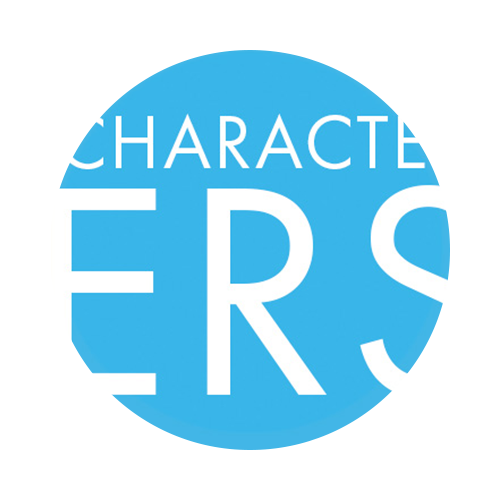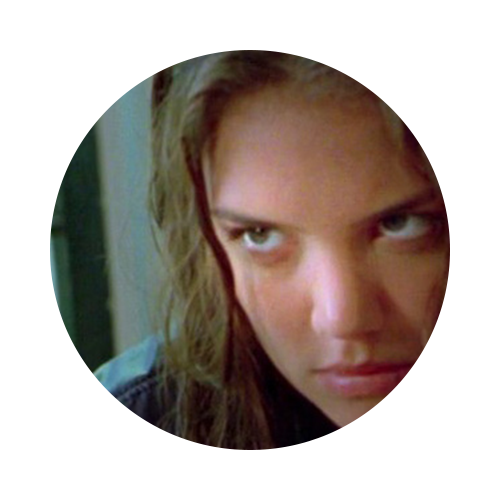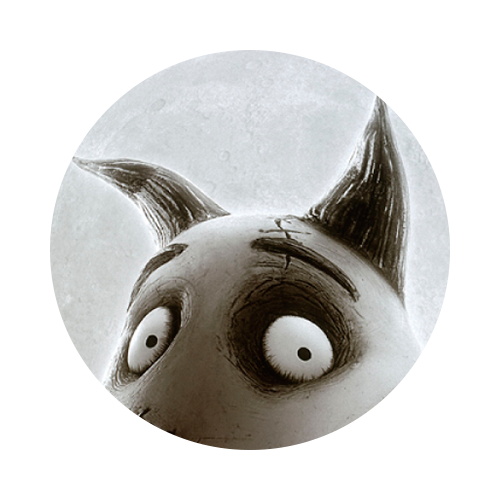Everyone Starts Somewhere
Screenwriter John August wrote his first story on his Mom’s typewriter in Boulder, Colorado.
He was seven.
Years before he would even dream of becoming one of the most successful screenwriters in Hollywood, August grew up writing poems, short stories, and eventually studying journalism at Drake University.
Meanwhile, he fell in love with movies and watched them constantly – but never realized they were written by a specific person until the day he saw Sex, Lies, and Videotape in college.
Inspired, he raced to the bookstore and bought a published version of Steven Soderbergh’s script from the film.
He re-watched the film, reading along with its screenplay, and realized everything he was seeing on screen was on the page first. Not just the dialogue, but the action, the settings and the details.
In retrospect, August recognizes how naive he was to not understand that movies were written, but it was a life-changing revelation at the time.
“I didn’t know anything about making a movie, but I knew I could write. If that’s what it took to be a screenwriter, maybe I could become one.”
With that goal in mind, he headed to the Peter Stark Producing Program at USC’s film school.
“It was a broad survey of how to develop a script and market a movie,” August says. “A really great soup-to-nuts education.”
The assignment was simple: write the first 30 pages of a screenplay and then the last 10 pages.
“It was a clever trick to get us to write a whole screenplay,” says August of the assignment his USC professor gave him years ago. “Because once you’ve written the first act and the last 10 pages, you’re really tempted to write the whole thing.”
Sure enough, August turned in the 40 pages and completed the entire script that summer.
The finished product was a romantic tragedy involving an atomic clock titled Here and Now.
That script never sold, but it landed August an agent (with help from a classmate who referred him to a producer, who referred him to an agent) and launched a career that has included writing movies that range from Go, to the Charlie’s Angels franchise, to several Tim Burton-helmed films including Big Fish, Charlie and the Chocolate Factory and Frankenweenie.
Following are some of the most important lessons he’s learned over the course of his career.


Make It Tough On Your Characters
Here and Now - 1994

Push Beyond Your Comfort Zone
Go - 1999

Put Yourself In Your Screenplay
Big Fish - 2003

Think Like A Department Head
Frankenweenie - 2012










